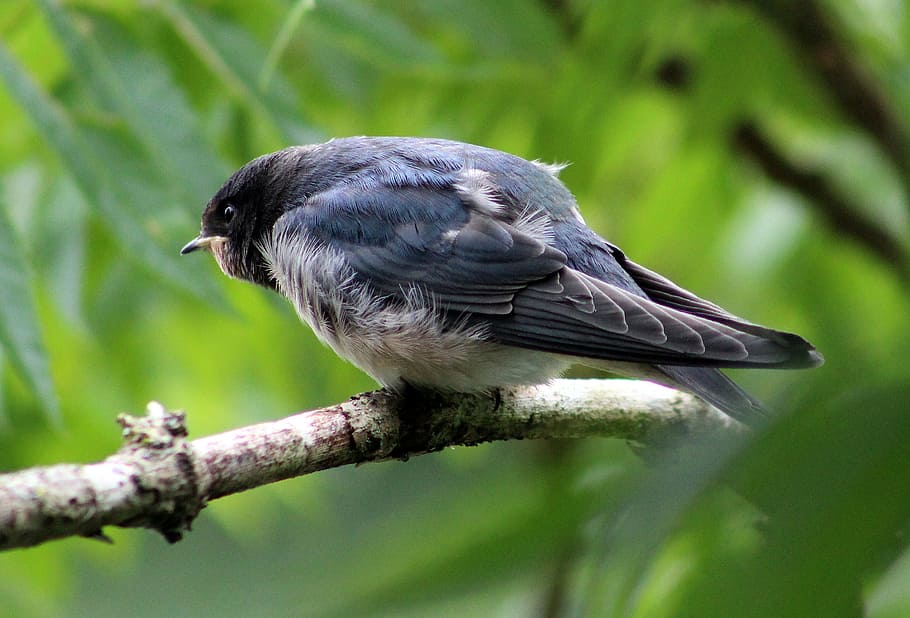Introduction
Welcome to our comprehensive guide on the house martin! In this article, we will explore the captivating world of these aerial acrobats, their distinctive features, habitats, nesting behavior, migration patterns, and much more. As passionate bird enthusiasts and experienced copywriters, we strive to provide you with a valuable resource that not only captivates your interest but also helps you outrank other websites when it comes to house martin-related content.
Understanding the House Martin
The house martin (Delichon urbicum) is a small passerine bird that belongs to the swallow family Hirundinidae. With its streamlined body, forked tail, and agile flight capabilities, this bird is a master of the skies. Its sleek black plumage, contrasting white rump, and distinctive white belly make it an enchanting sight to behold.
Habitat and Range
House martins are native to Europe, Asia, and North Africa, and they are particularly prevalent in the temperate regions of the Northern Hemisphere. These birds are often associated with human settlements, nesting on the eaves and walls of buildings. They have a preference for open habitats, such as villages, towns, farmlands, and areas near water bodies.
Nesting Behavior
One of the most fascinating aspects of house martins is their nesting behavior. These birds construct cup-shaped nests using mud, which they collect from nearby puddles or wet areas. They meticulously build their nests against vertical surfaces, often under the eaves of houses or other structures. The mud provides a sturdy foundation, and they line the interior with soft materials like feathers and grass.
Migration Patterns
House martins are renowned for their remarkable migratory journeys. As the seasons change, they embark on long-distance migrations, flying thousands of kilometers to reach their breeding or wintering grounds. In the autumn, house martins from Europe migrate south to Africa, crossing vast stretches of land and water. These migratory feats are a testament to their endurance and navigation skills.
Feeding Habits
House martins are insectivorous birds, relying primarily on a diet of flying insects. They are highly skilled aerial hunters, darting through the air with precision to catch their prey. Their agile flight and distinctive forked tail allow them to make quick maneuvers and changes in direction as they feed on a variety of insects, including flies, beetles, and mosquitoes.
Conservation Status
The house martin population has faced certain challenges in recent years. Changes in land use, loss of nesting sites, and reduced insect populations due to pesticide use have affected their numbers in some regions. It is essential to provide suitable nesting sites and minimize pesticide use to support the conservation of these remarkable birds.
Tips for Attracting House Martins
If you wish to attract house martins to your vicinity and observe their aerial displays, here are some helpful tips:
- Nesting Structures: Install artificial nesting cups or platforms under the eaves of your house or buildings to provide suitable nesting sites.
- Mud Puddles: Create mud puddles in your garden by providing shallow containers filled with damp soil. House martins will utilize the mud for nest construction.
- Insect-Friendly Environment: Maintain an insect-friendly habitat by avoiding excessive use of pesticides. Encourage insect populations by planting native flowering plants and shrubs that attract a wide variety of insects.
- Water Sources: Ensure a nearby water source, such as a pond or birdbath, where house martins can drink and bathe.
Conclusion
In conclusion, the house martin is a captivating bird known for its aerial prowess, distinctive appearance, and fascinating nesting behavior. We hope this comprehensive guide has provided you with valuable insights into their habitats, migratory patterns, and tips for attracting them to your surroundings. By implementing the suggestions shared in this article, you can create an environment that welcomes these delightful birds and allows you to witness their extraordinary aerial displays. Stay Connected with gardningo.com


